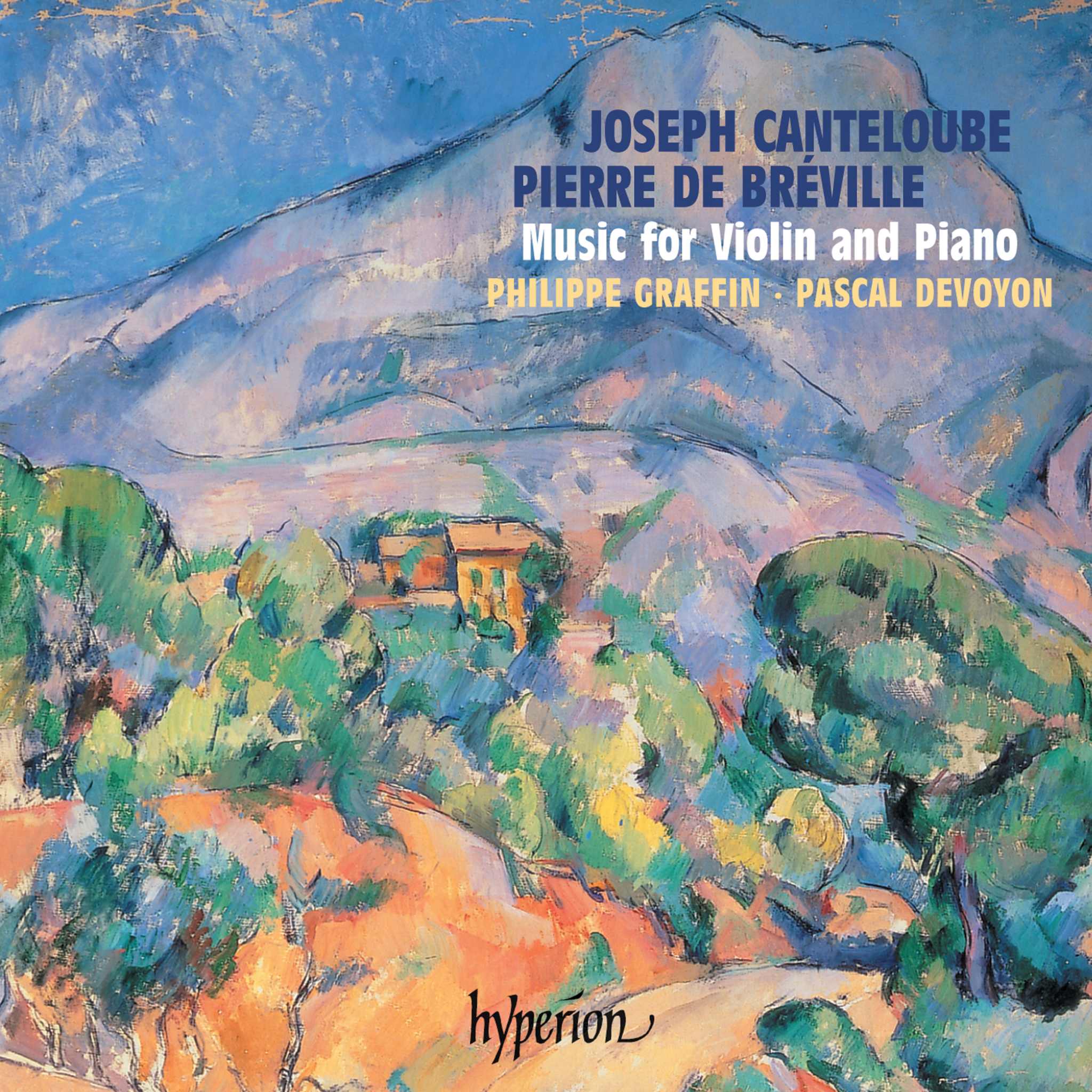Album insights
Jan Dismas Zelenka (1679-1745), a prominent figure in Czech Baroque music, spent most of his life in Dresden despite his Czech origins. Czech music historians refer to the phenomenon as "emigration," where Czech composers like Zelenka sought careers outside their homeland. Zelenka's music, firmly rooted in the Catholic Austrian-Bohemian tradition, adopts the Italian style prevalent in late 17th-century church music across Europe. His compositions depart from local traditions, showcasing his refined and appealing style among Baroque composers, even though his works remain relatively obscure today.
Born in Czech Launowitz to a local organist, Zelenka received his musical education in Prague and later served as a choirmaster at a Jesuit college. Joining the Dresden court in the early 18th century, Zelenka straddled roles as a violone player and a composer of Catholic church music. His works, often compared to J.S. Bach's despite differing religious influences, emphasize intricate polyphony, fugue techniques, and rich harmonies, exuding a Northern preference for sonorous tones. Zelenka's compositions drew admiration from Bach, who sought copies of some works during his time in Leipzig. While both composers faced challenges due to their music being perceived as outdated, Zelenka's accolades were fewer, failing to secure promotion in Dresden after his mentor Heinichen's death in 1729.
Zelenka's Lamentations, dated 1772, were intended for the Elector's religious services in Dresden. These polyphonic settings of traditional texts stand out for their departure from standard recitative-aria alternations, infusing Arioso and recitative passages for a cohesive narrative. Zelenka skillfully revitalizes Renaissance traditions by emotionally interpreting Hebrew letters and weaving a unique discourse of repentance into the fabric of his musical settings, approaching a sacred text with rhetorical sensitivity.
Innovatively, Zelenka blends varying moods in his Lamentations, transitioning from somber minor-key compositions to more hopeful major-key pieces, showcasing instrumental changes to intensify emotional shifts. By incorporating instruments like oboes and shawms, Zelenka infuses pastoral tones reminiscent of pastoral flutes seen in Viennese and Central European music of the period. Zelenka's adaptation of traditional liturgical text weaves together Jesuit teachings on oratory aesthetics and Heinichen's compositional strategies, crafting a compelling musical narrative that resonates with the somber yet anticipatory spirit of the Easter liturgy.
Zelenka's ability to infuse diverse emotions through his musical settings, aligning with the larger liturgical context and rhetorical practices of his time, symbolizes the pinnacle of Austrian-Bohemian Baroque music, reflecting Dresden's esteemed musical tradition and the persuasive allure of Baroque masterpieces.






